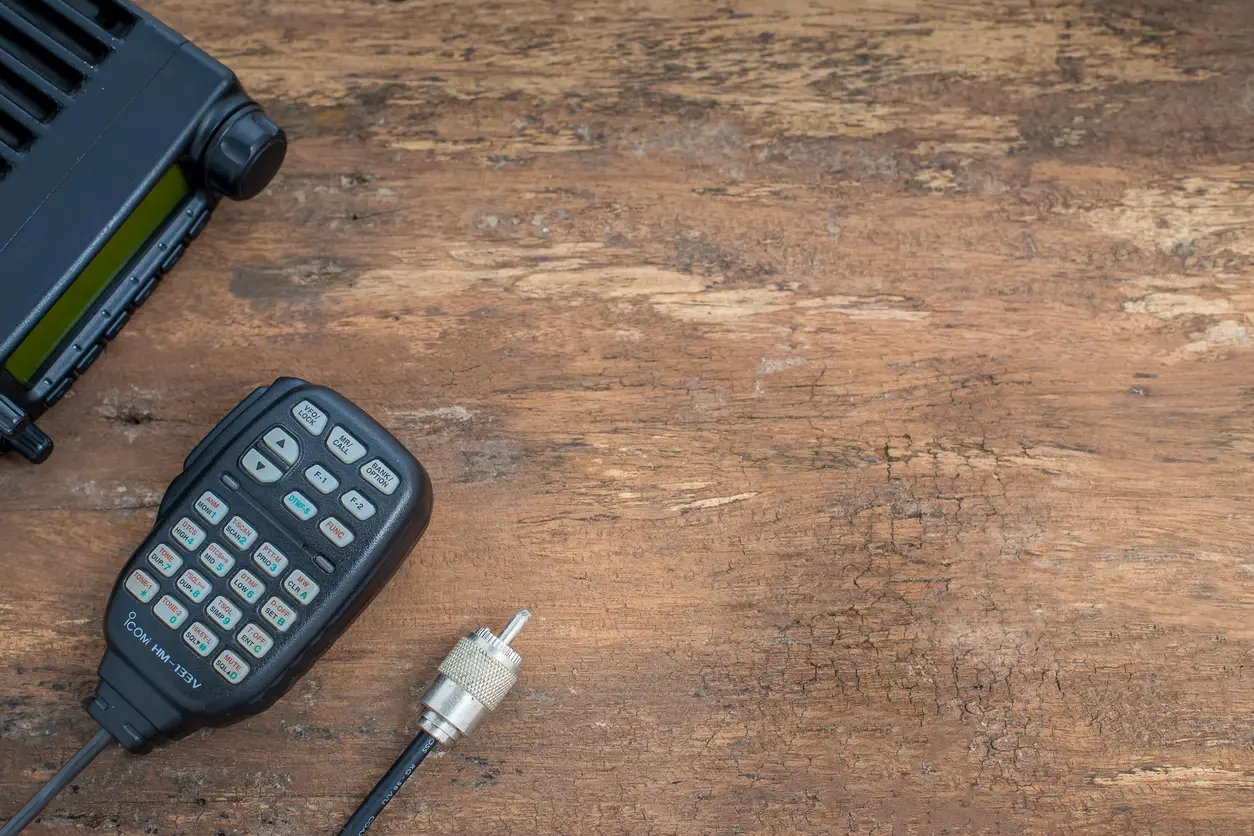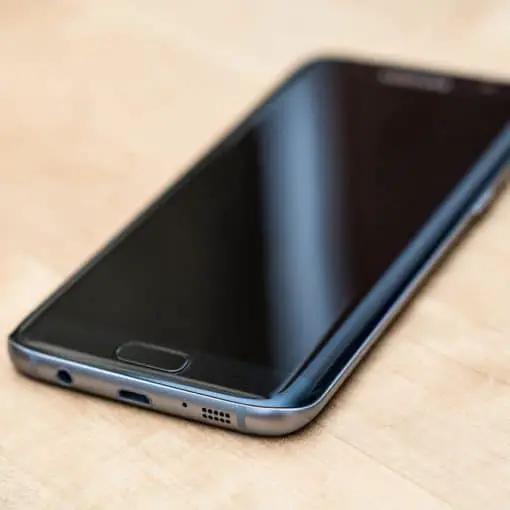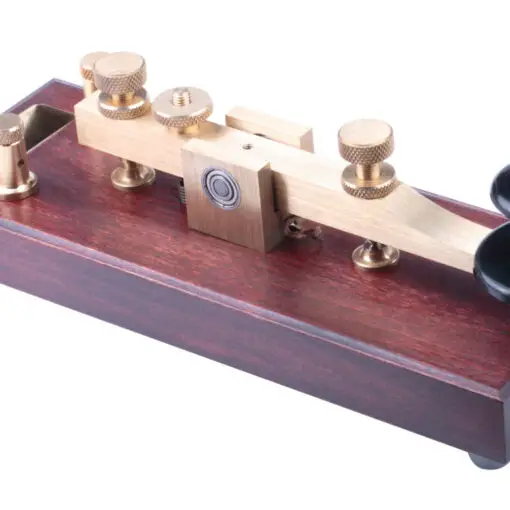Ham radios, also known as amateur radios, have been around for over a century and continue to be a popular means of communication for hobbyists, emergency responders, and survivalists. These versatile devices not only offer a way to stay connected with others, but they also provide an opportunity to learn about radio technology, electronics, and communication principles. As the popularity of ham radios grows, several well-known brands have emerged, offering high-quality, reliable options for new and experienced users alike.
Some of the top ham radio brands include Yaesu, Kenwood, and ICOM. These companies have a reputation for producing devices with excellent build quality, performance, and functionality. Each brand offers a range of models, from handheld transceivers to high-powered, base-station rigs, catering to various user preferences and skill levels. When selecting the right ham radio, it’s essential to assess each brand’s strengths and consider which features best align with your intended uses and communication goals.
By familiarizing yourself with these top brands and their offerings, you’re well on your way to finding the perfect ham radio for your needs. Whether you’re a beginner just dipping your toes into the world of amateur radio or a seasoned enthusiast looking to upgrade your gear, the Yaesu, Kenwood, and ICOM product lines offer a wide selection to suit any skill level and application.
Top Ham Radio Brands
Kenwood
Kenwood is a well-established and trusted brand in the ham radio market. Known for producing high-quality equipment, their radios are recognized for excellent audio quality, durability, and advanced features. The Kenwood TH-D74A is a popular model that showcases the brand’s reputation for excellence through its GPS display and text messaging functionality.
Icom
Icom is another reputable brand, offering a range of radios catered to different user levels. The ICOM ID-5100A is a top mobile radio model with user-friendly interface and features designed for both beginners and experienced users. Icom’s ability to innovate and adapt to various technology trends makes them a top choice for many radio enthusiasts.
Yaesu
Yaesu is known for producing high-quality ham radios, with the Yaesu FT-60R being an exceptional handheld choice. Their FT-891 HF model is also considered one of the best in-car ham radios available. The brand consistently delivers solid performance and reliability, allowing operators to stay connected during crucial situations.
Baofeng
Baofeng is a popular brand choice for beginners, particularly due to its affordability without compromising quality. Their UV-5R and BF-F8HP models are praised for user-friendliness, functionality, and budget-friendly price points. While they may lack some advanced features seen in more expensive radios, Baofeng provides an excellent entry point for ham radio newcomers.
Ham Radio Mastery: The All-In-One Guide to Acing Your Technician Class Exam & Unlocking the World of Amateur Communication
With the guidance and support of this book, you can master the intricacies of ham radio and join the ranks of over one million ham radio operators worldwide
BTECH
BTECH, a sister brand of Baofeng, offers another range of quality, cost-effective options for both beginners and experienced operators. Their innovative designs and features, such as reliable communication capabilities and rugged construction, have earned them a dedicated following in the ham radio community.
By exploring different models and features from these top ham radio brands, operators can find equipment that best suits their needs and preferences. Each brand strives to provide quality and performance, making them trusted choices in the amateur radio market.
Types of Ham Radios
When it comes to ham radios, there are several types to choose from based on your needs and preferences. In this section, we will discuss the three main types of ham radios: handheld ham radios, mobile ham radios, and base stations.
Handheld Ham Radios
Handheld ham radios are compact and portable devices, providing on-the-go communication for users. These devices often resemble large walkie-talkies and are perfect for outdoor activities or situations where mobility is a priority. Some popular models include the Yaesu FT-60R and the Baofeng UV-5R.
Key features of handheld ham radios include:
- Portability: Lightweight and easy to carry, making them suitable for various activities.
- Battery life: Most models have rechargeable batteries, allowing for extended use.
- Range: Depending on the model and antenna, handheld ham radios can have shorter transmission ranges compared to other types.
Mobile Ham Radios
Mobile ham radios are generally installed in vehicles or other mobile settings and provide more power and range than handheld radios. These radios are ideal for those who require reliable communication while on the road. The ICOM ID-5100A is a popular choice for mobile ham radio users.
Main features of mobile ham radios include:
- Power: Mobile ham radios have a higher power output, resulting in extended range and better signal quality.
- Installation: Designed to be installed in vehicles, boats, or other mobile settings.
- Accessories: Can be enhanced with various antennas, microphones, and other accessories for improved performance.
Base Stations
Base station ham radios are designed for fixed installations at home or in a dedicated ham radio shack. These powerful units provide the highest performance of the three types and often offer more advanced features and customization options. They typically require a substantial investment in both equipment and space.
Notable aspects of base station ham radios are:
- Performance: Higher power output and advanced features for optimal communication capabilities.
- Customization: Users can modify and upgrade base stations with various equipment and accessories.
- Space requirements: Base stations require a dedicated installation space, such as a home radio shack or office.
By understanding the differences between handheld, mobile, and base station ham radios, you can choose the best option for your specific needs and communication preferences.
Key Features to Consider
When choosing the best ham radio, several factors come into play. In this section, we will discuss the essential features that you should consider before making a decision.
Power Output and Range
The power output of your ham radio has a direct impact on its range. Most handheld ham radios offer output power levels between 1 and 8 watts. Higher output power provides a more extended range, enabling you to reach more activity on the VHF and UHF bands. Consider your needs and the areas where you plan to use the radio to determine the adequate power output level.
Memory Channels
Having multiple memory channels allows you to store your preferred frequency settings for easy access. Entry-level radios usually provide 100 to 200 memory channels, while advanced radios can store over 1000 frequencies. Think about the number of channels you require and how you will use them when considering a ham radio.
Connectivity Options
Some of the best ham radios come with additional connectivity options like GPS, Bluetooth, and Wi-Fi. GPS features allow for enhanced tracking and location sharing, while Bluetooth and Wi-Fi provide the ability to connect wireless headsets and devices, or even use your radio with smartphone applications. Consider if these connectivity options are essential to your needs.
Audio and Sound Quality
Good audio and sound quality are crucial for a clear ham radio experience. Factors that influence sound quality include the speaker size, audio output power, and built-in noise reduction functionalities. A radio with a larger speaker usually produces better audio, while noise reduction features contribute to clearer communications.
Build Quality
Lastly, the build quality of your ham radio should be durable and suited for your intended use. Some radios are designed for outdoor activities and come with a rugged, water-resistant casing. Additionally, check for quality in the buttons, knobs, and LCD screen, as these components are essential for functionality and ease of use.
By considering each of these key features, you can confidently choose the best ham radio that fits your needs and preferences.
Top Models in the Market
In this section, we will discuss some of the top ham radio models available in the market, specifically focusing on Kenwood TH-D74A, Icom 2300H, Yaesu FT-60R, Baofeng UV-5R, and BTECH Mobile UV-50X2.
Kenwood TH-D74A
The Kenwood TH-D74A is a high-end, feature-packed ham radio that offers excellent performance and functionality. This model features built-in GPS, text messaging functionality, and the ability to connect to APRS (Automatic Packet Reporting System) networks. With its robust construction and intuitive user interface, the Kenwood TH-D74A is a great choice for those looking for a top-tier ham radio.
Icom 2300H
The Icom 2300H is a reliable, easy-to-use mobile ham radio. It features a compact design and an illuminated control panel for easy operation, even in low-light conditions. Its large, intuitive interface and 65 watts of output power make it suitable for both amateur and professional use. While it does not have as many advanced features as some of the other models, the Icom 2300H offers consistent performance and durability.
Yaesu FT-60R
The Yaesu FT-60R is a popular handheld ham radio that combines affordability with great performance. With dual-band functionality, allowing you to monitor and transmit on both VHF and UHF frequencies, it makes communication even more accessible. The lightweight, compact design of the FT-60R makes it an excellent option for those looking for a high-performance, portable ham radio.
Baofeng UV-5R
The Baofeng UV-5R is widely regarded as one of the best beginner-friendly handheld ham radios. It features a compact design, dual-band functionality, and an affordable price. The UV-5R is an excellent choice for those just starting with ham radio, as its intuitive interface and easy programming make it simple for new users to learn and operate.
Ham Radio Mastery: The All-In-One Guide to Acing Your Technician Class Exam & Unlocking the World of Amateur Communication
With the guidance and support of this book, you can master the intricacies of ham radio and join the ranks of over one million ham radio operators worldwide
BTECH Mobile UV-50X2
BTECH Mobile UV-50X2 is a powerful and versatile mobile ham radio. It offers 50 watts of power and supports dual-band communication, making it a great option for both amateurs and professionals. With its quad-watch functionality, you can monitor up to four different frequencies simultaneously. Moreover, the UV-50X2 has a customizable LCD display, allowing you to view vital information at a glance. This model is ideal for users looking for a high-performance mobile radio with advanced features.
Ham Radio for Beginners
Selecting the Right Radio
When starting in the world of ham radio, it is crucial to select the right radio for your needs. As a beginner, you should focus on finding a radio that offers ease of use, clear instructions, and a good balance between features and cost. The BaoFeng UV-82HP is a popular choice for beginners, as it is an affordable and versatile option, capable of transmitting at low, medium, and high output power levels.
Obtaining a License
Before using a ham radio, you must obtain an amateur radio license. This process typically involves studying for and passing an examination, which covers basic electronic and radio theory, as well as operating procedures and regulations. Many resources are available to help you prepare for the exam, such as online courses and practice tests. Obtaining a license not only equips you with the knowledge required to operate a ham radio but also ensures you adhere to regulations and stay within legal bounds.
Budget-Friendly Options
As a beginner, it’s essential to find affordable options without compromising on functionality. The Baofeng UV-5R is an excellent budget-friendly choice for beginners. It is a portable, dual-band radio with essential features to get you started in the hobby. Another good option is the Anytone AT-779UV Dual Band Mini Mobile Radio, known for its portability and easy-to-use interface.
Don’t hesitate to explore the used market as well. Many older transceivers still offer years of service and can be found at online auction sites like eBay. Be sure to check product reviews and research before purchasing any used equipment. Remember, starting with budget-friendly options will help you gain experience and make more informed decisions when upgrading your equipment in the future.
Important Regulatory Requirements
Ham radio operations are regulated to ensure proper usage of radio frequencies and maintain efficient communication. In this section, we will discuss the roles of the Federal Communications Commission (FCC) and International Telecommunications Union (ITU) in regulating ham radio activities.
Federal Communications Commission
The FCC is responsible for regulating the use of radio frequencies in the United States. It sets the standards for licensing and operating ham radios to ensure compliance with federal regulations. Ham radio operators are required to obtain a license from the FCC, which involves testing, knowledge, and demonstration of abilities pertaining to radio communications and the use of radio frequencies1. The FCC also enforces rules around radio frequency devices and industrial, scientific, and medical equipment2.
International Telecommunications Union
The ITU is a United Nations agency responsible for coordinating the use and allocation of radio frequencies globally. It works with countries to establish international communication standards and ensure that radio spectrum is used efficiently and effectively. The ITU plays a crucial role in managing frequency allocations and radio treaty matters, as well as in the development of regulations and guidelines for amateur radio operators worldwide3. By collaborating with national regulatory authorities such as the FCC, the ITU helps to maintain a consistent framework for ham radio operations across borders and ensure the smooth functioning of international communications.
Accessories and Additional Features
Ham radio brands offer various accessories and features that can enhance your usage and make communication more convenient. This section will discuss some notable additional features you may want to consider when choosing a ham radio.
One-Touch NOAA Weather Access
Many ham radios offer One-Touch NOAA Weather Access, providing users with convenient and rapid access to crucial weather updates. This feature is particularly useful when traveling or during emergencies, as it keeps you informed about local weather conditions, allowing quick decision-making based on real-time information. Radios with this feature, such as the Yaesu FT-65, are an excellent choice for those who require reliable weather updates at their fingertips.
APRS and Messaging Functionality
APRS (Automatic Packet Reporting System) is a digital communication mode that allows ham radio users to send and receive text messages, position data, and weather information. Radios equipped with APRS, like the Kenwood TH-D74A, add value to your communication experience by providing location tracking, messaging functionality, and even weather updates. This feature can be particularly beneficial for emergency situations, group coordination, or simply keeping in touch with fellow enthusiasts.
LED Flashlight and Belt Clip
When using your ham radio in low-light conditions or during outdoor adventures, an integrated LED flashlight can be a valuable addition. Radios with this feature, such as the Baofeng BF-F8HP, provide a handy source of light, making it easier to navigate your surroundings and operate your radio. Additionally, a belt clip helps secure the radio to your clothing or backpack, ensuring easy accessibility and grab-and-go convenience. Consider these accessories when selecting the best ham radio for your needs.






